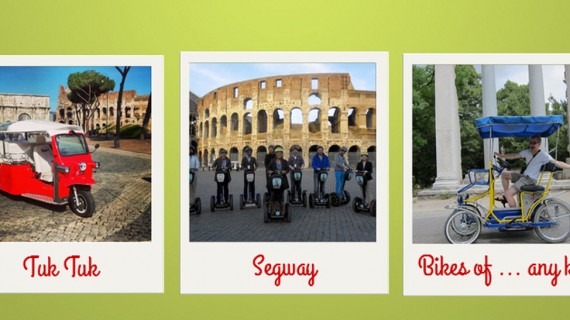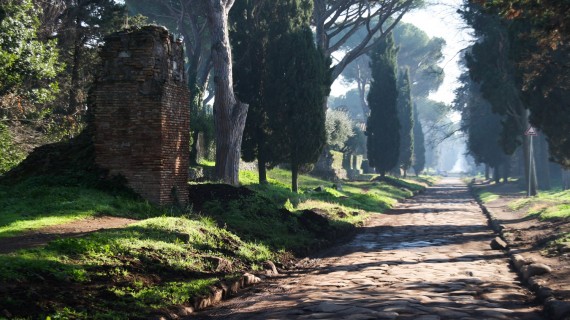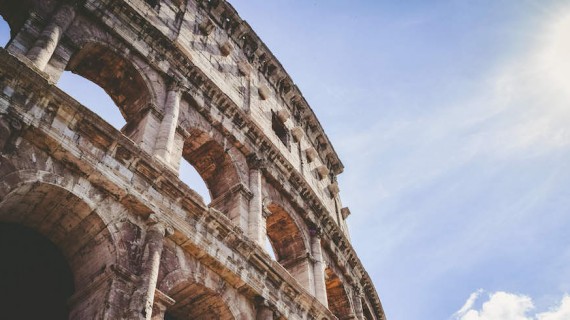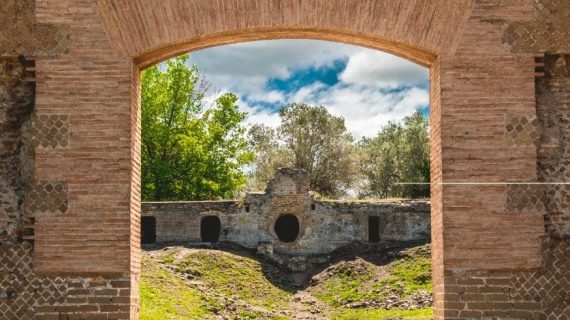The term ‘Eternal City’ is often used about Rome, and it is referring to the rich history, culture, and innovation in the city. The roots of Rome stretch back more than 2,700 years and has become a city blending together the ancient and the modern, making the city both timeless and ever-changing. At present, Rome is both a destination for history lovers and for people engaged in eco-friendly travel experiences.
With more travelers becoming conscious about their environmental impact, Rome is a unique opportunity to explore the historic wonders of the city, while experiencing the modern bustle of the city in a sustainable way. To make the most of a visit to Rome, it can be worth considering a Rome ticket pass to get access to various of the landmarks and tourist attractions in the city, while getting the benefit of skipping the ticket line.
A brief history of the city
Legend has it that the city was founded by Romulus in 753 BC as a small settlement by the banks of the Tiber River. Ever since, the settlement developed into a colossal empire dominating Europe, North Africa, and parts of Asia. Rome has played a central role in shaping Western civilization, with republican institutions and architectural achievements. During the Roman Republic, Rome grew and expanded influence across Italy and beyond. By 27 BC, during the leadership of Augustus, Rome transitioned into the Roman Empire, which was a period of peace, prosperity, and architectural grandeur. It was during this time iconic structures like Colosseum, the Pantheon, and the Roman Forum were constructed.
The Roman Empire fell in AD 476, initiating centuries of decline for the city. The significance of the city, however, remained as the center of the Roman Catholic Church. During the Middle Ages, Rome rejuvenated with constructions of grand churches and Renaissance palaces, manifesting the role of the city as a cultural and religious hub.
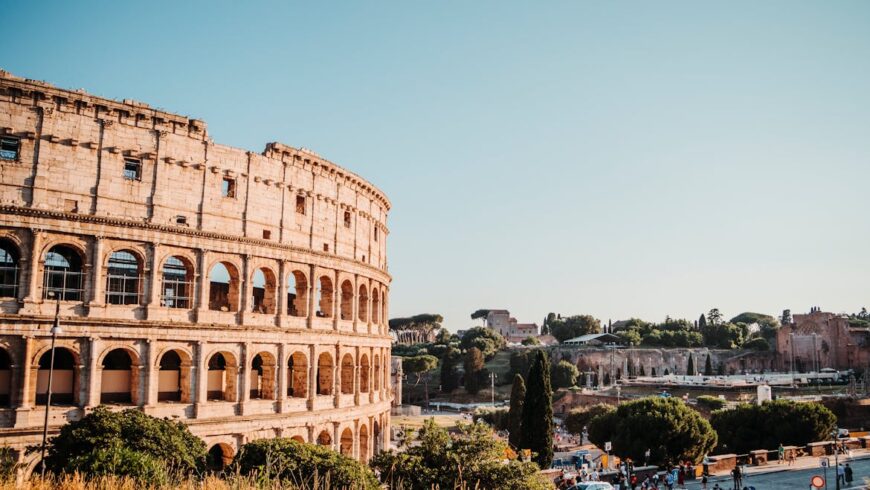
A fusion of ancient and modern attractions
For people appreciating history, art, and culture, Rome is the perfect destination. Walking through the streets of Rome is like traveling through time, offering insights into ancient ruins, medieval churches, Renaissance palaces, and modern structures. The ancient sites of the city are iconic. The largest amphitheater ever built, the Colosseum, is a marvel of engineering, standing as a memory of the grandeur of the Roman Empire. Once the heart of the political life in ancient Rome, the Roman Forum gives a glimpse into the everyday life of Romans. Other ancient wonders include the Palatine Hill, and the Pantheon.
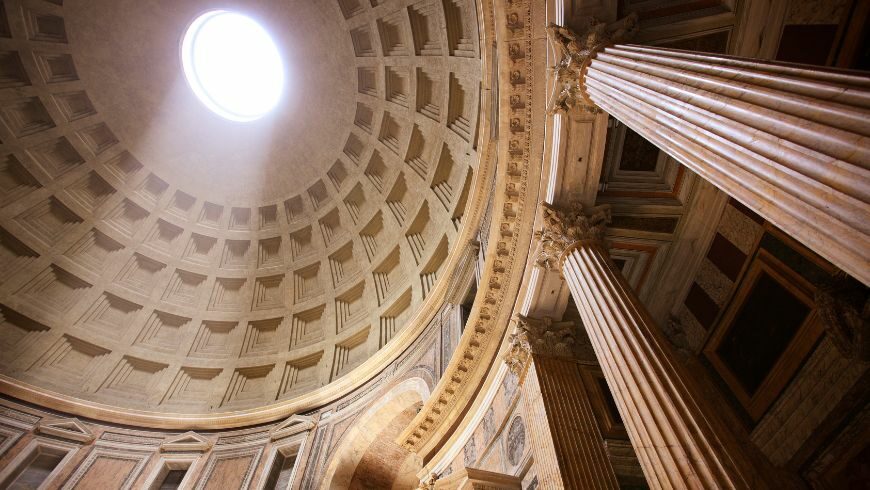
You can also visit the Vatican City, which is the spiritual and administrative headquarters of the Roman Catholic Church. During a visit here, you can see the Vatican Museums, which contains an extraordinary collection of art, including the Sistine Chapel with Michelangelo’s frescoes in the ceiling. The largest church in the world, the St. Peter’s Basilia, is a masterpiece of Renaissance architecture. Around the city of Rome, you can find many piazzas and fountains. Some worth mentioning are the Piazza Navona, and the Trevi Fountain. Although history is the main core of the city, there is also a vibrant contemporary cultural scene, with trendy neighborhoods like Trastevere which offers lively restaurants, artisan shops, and street art.
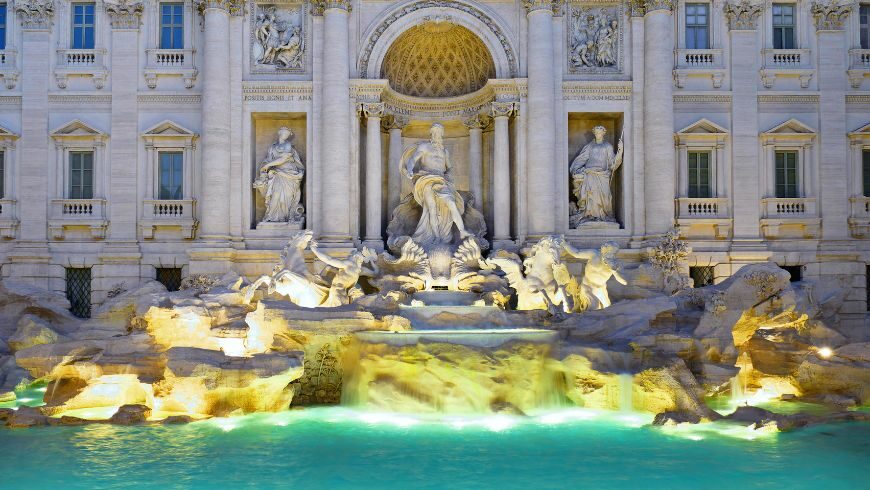
Eco-friendly things to do in Rome
Sustainable tourism is being more and more popular in Rome, which is a city that offers many eco-friendly activities for tourists. One activity is to explore the city by foot. The city is best explored on foot, and by doing so, you are both reducing your carbon footprint and allowing yourself to be immersed in the charm of the city. Many of the city’s major attractions are within walking distance of each other, making it easy and eco-friendly to see the city by foot.
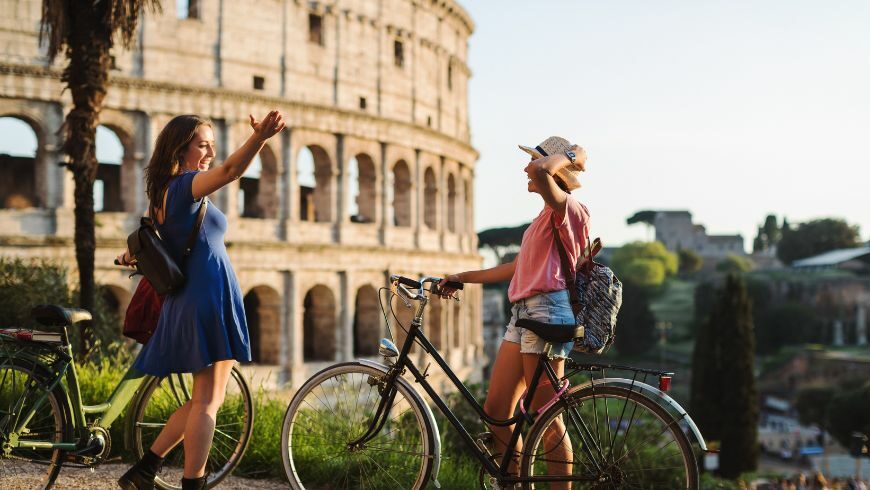
You can also opt for biking around the city instead, which is another sustainable way to explore the city. You can rent a bike on your own or join a guided bike tour, which often includes routes with historic sites, sites along the Tiber River, and the green spaces of Villa Borghese.
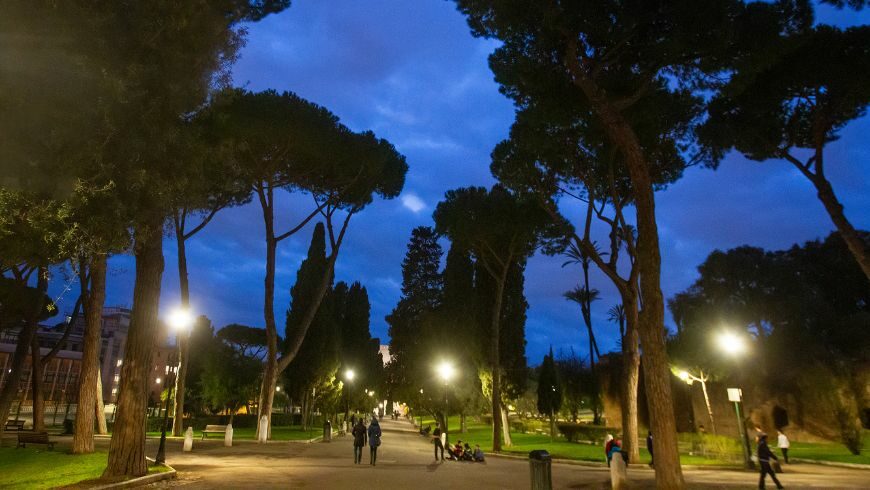
Rome also has a world-famous food scene, which also includes many restaurants embracing sustainable practices. You will find many eateries prioritizing local, organic, and seasonal ingredients, which is an eco-friendlier way of dining. You can also visit dome of the city’s food markets, where you can find fresh, locally sourced products.
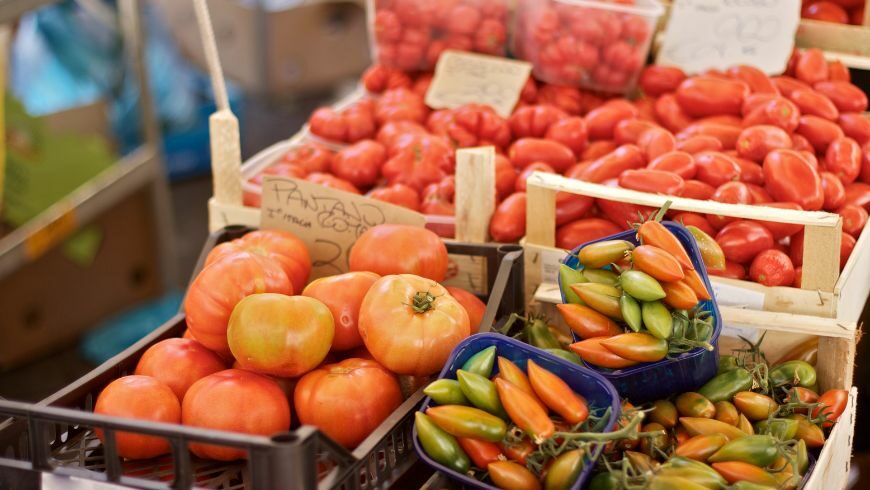
More eco-friendly ways to visit Rome
Besides the abovementioned eco-friendly things to do in the city, you can also be more aware of how to make your travel to Rome more sustainable. One way to do so is by choosing eco-friendly accommodation. There are many hotels in Rome that have adopted sustainable practices, including using renewable energy, reducing water waste, and sourcing food locally. You can always look for hotels with various certifications such as the Green Key and other eco-labels which indicate a commitment to sustainability.
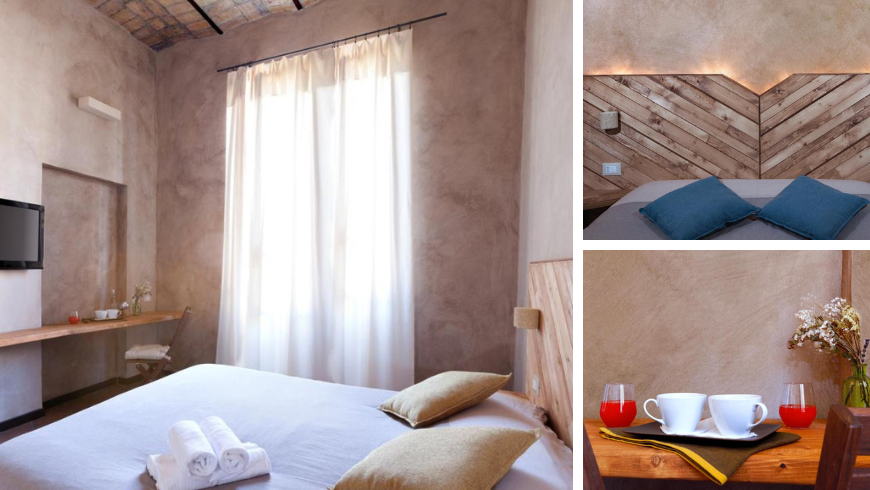
When in Rome, you can opt for public transportation to reduce your carbon emissions. The city has a great public transportation system which includes buses, trams, and a metro system. If you are flying to Rome, you can also choose to offset your carbon emissions, which can contribute to environmental projects reducing CO2. Most airlines offer carbon offset programs, which makes it possible for travelers to make their journeys more sustainable.
Cover image: Photo via pexels.com
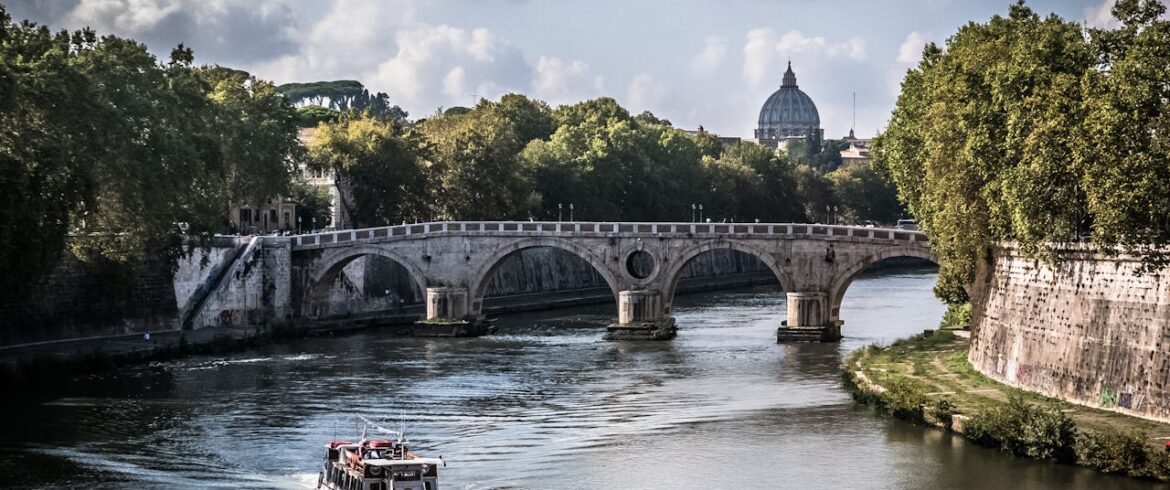
 Folia b&b. Naturalmente, a Roma! – Green Bed & Breakfast in Roma, RM, Lazio, IT
Folia b&b. Naturalmente, a Roma! – Green Bed & Breakfast in Roma, RM, Lazio, IT 